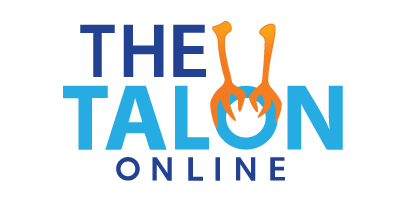Helen Fisher : The How and Why of Love
February 25, 2020
One of the hardest journeys in life: Finding your other half. At least that’s what Athenian Philosopher Plato’s myth insisted on. The myth traces back to the origin of love where there were three kinds of human beings: Female, descended from the earth; Male, descended from the sun; and andrugynous, descended from the moon with both male and female qualities. They were formed into a circular body shape with two sets of arms, two sets of legs, and two faces. Zues, the king of the gods, split the being into two and Apollo, god of light, repaired their wounds. It is said that when an individual finds their other half, they’re inseparable from affection and friendship. Our desire to find our other half is so that we can revert back to our origin as a whole being.
Today, the concept of love has been twisted and transformed into a whole new beast. Modernistic love has taken the dating world digital. Dating apps have been circulating through the younger generations and even older in able to find a potential spouse, a friend, or to even grow professional connections. The buzz of the media has been the matchmaking app, Bumble, which has central focus on the promotion of healthy relationships where women are inspired to make the first move and where social circles are meant to prosper.
American Anthropologist and human behavior researcher, Helen Fisher, shares her expertise on emotional love in the Ted Talk, “Technology hasn’t changed love. Here’s why” (2016). She addresses the concern that technology isn’t changing love at all and in fact, the human brain is wired to love. Fishers refers back to primal love 4.4 million years ago to our first ancestors where the brain is linked with drive, energy, focus, motivation, and craving which leads to the want of finding our other half.
Fisher goes on to note her position as Chief Scientific Advisor for the successful online matchmaking site, Match.com, and has been for 11 years. She states, “We can give you various people — all the dating sites can — but the only real algorithm is your own human brain. Technology is not going to change that.”
By studying the biology of personality, Fisher has discovered that the human way of thinking and behaving is broadly linked with the testosterone, estrogen, dopamine, and serotonin systems. With this discovery, she was able to create a questionnaire which would base the user responses on each four systems to then see who is naturally drawn to who.
Furthermore, Helen Fisher speaks in another Ted Talk, “Why we love, why we cheat,” where she speaks about romantic love and the future of love. She had conducted a study on 32 people who had just fallen madly in love, who had been madly in love but recently dumped, and those who are in love long-term.
She did so by taking brain scans from subjects at a heightened state and a resting state. By her surprise, her assumption that romantic love is an emotion was proven false when the MRI scans showed the most activity in the motor of the mind. This is where drive comes from, the want, the craving.
Fisher concluded that there are three different brain systems that have evolved from primal mating and reproduction: The sexual drive, where craving is at a peak; Romantic love, where obsession comes into play; and attachment, where security comes with long-term relationships.
As for the future of love, Fishers narrows the concept down into social trends of elevation and freedom between gender. For instance, the influx of women into the workforce are slowly closing the gender gap of economic power, education, and health. Secondly, there is a trend on the rise of heightened romantic love which could be pertinent to the aging middle class to extend the love seen in happy marriages.
“There is magic to love!,” she said enthusiastically.





